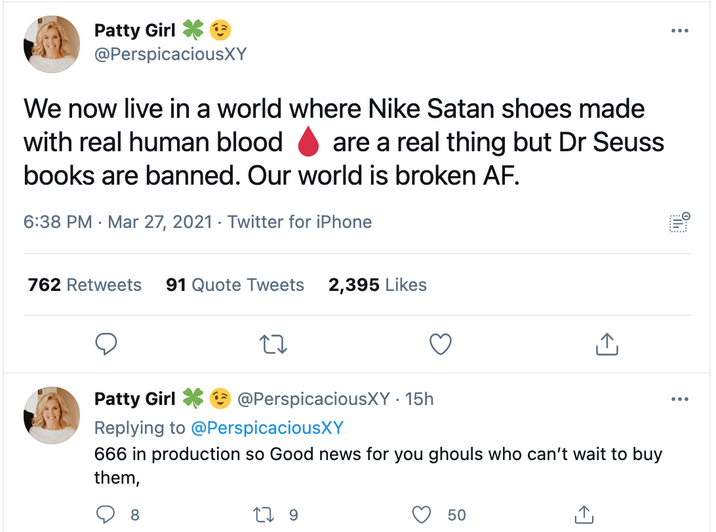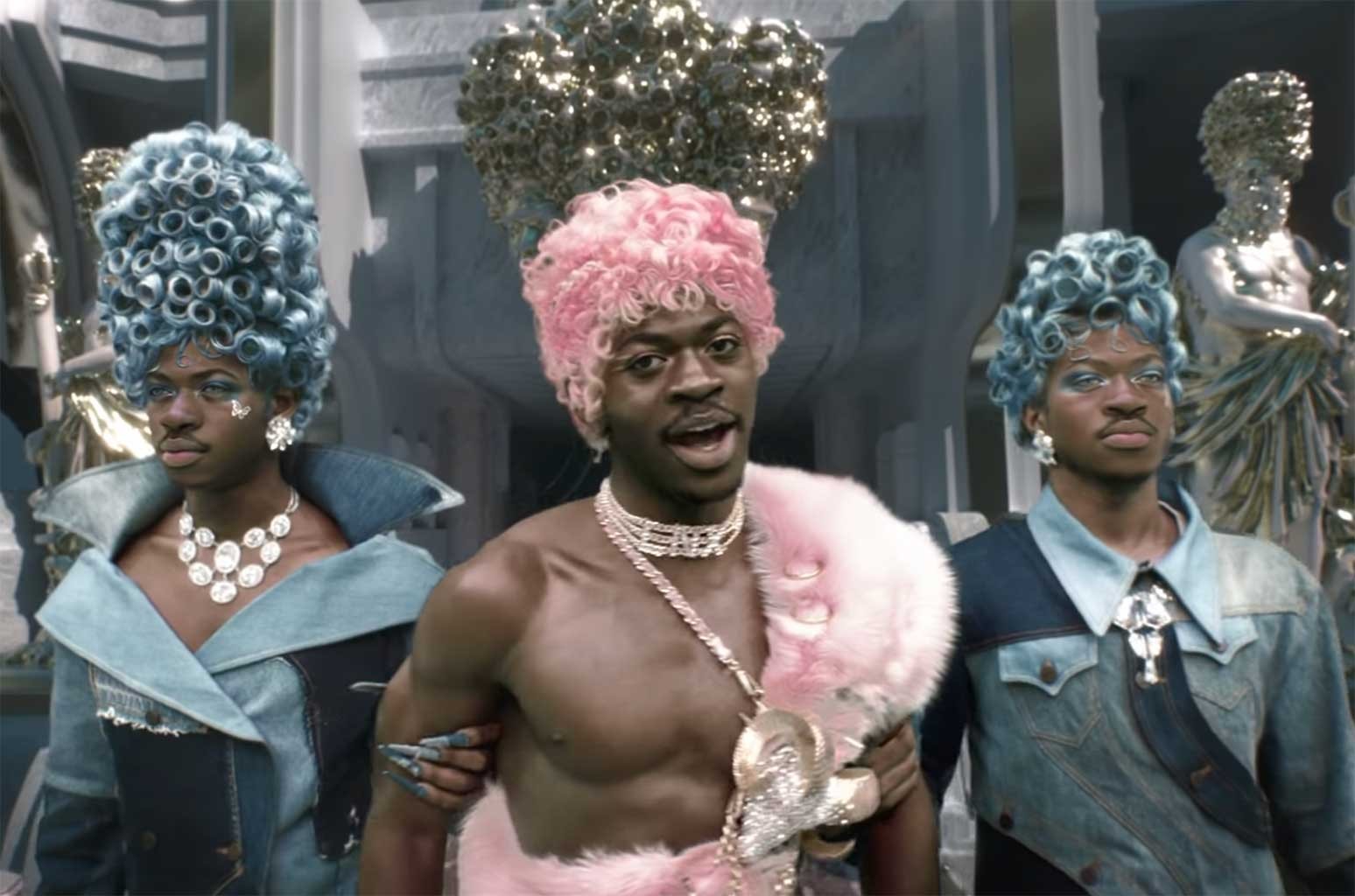And today's is the next in the series, on WRITING WEDNESDAY.
Publisher’s Blurb
“Supertoys Last All Summer Long” is the haunting tale of a young boy unable to please his mother, a boy who is not a boy at all, a boy whose intelligence is artificial . . .
This tale, which was taken up by the late Stanley Kubrick, and is soon to be turned into a major motion picture by Steven Spielberg, is the title story of Brian Aldiss’ formidable collection of futuristic fables. It is typical of the writer’s humane power of prophesy and his unerring sense of how technology and intelligence could work together. From the pessimism of “III”, where corporate greed controls natural resources, to the optimism of “The Pause Button”, where medical advances lead to a more thoughtful society, Aldiss’ questioning is subtle yet simple — has humanity the wit and empathetic strength to keep up with the irresistible progress of technology?
FIRST EDITION: Orbit, 2001
Here, in full, we publish the copy written text in full.
—————————————————————————
In Mrs. Swinton’s garden, it was always summer. The lovely almond trees stood about it in perpetual leaf. Monica Swinton plucked a saffron-colored rose and showed it to David.
“Isn’t it lovely?” she said.
David looked up at her and grinned without replying. Seizing the flower, he ran with it across the lawn and disappeared behind the kennel where the mowervator crouched, ready to cut or sweep or roll when the moment dictated. She stood alone on her impeccable plastic gravel path.
She had tried to love him.
When she made up her mind to follow the boy, she found him in the courtyard floating the rose in his paddling pool. He stood in the pool engrossed, still wearing his sandals.
“David, darling, do you have to be so awful? Come in at once and change your shoes and socks.”
h
He went with her without protest into the house, his dark head bobbing at the level of her waist. At the age of three, he showed no fear of the ultrasonic dryer in the kitchen. But before his mother could reach for a pair of slippers, he wriggled away and was gone into the silence of the house.
He would probably be looking for Teddy.
Monica Swinton, twenty-nine, of graceful shape and lambent eye, went and sat in her living room, arranging her limbs with taste. She began by sitting and thinking; soon she was just sitting. Time waited on her shoulder with the maniac slowth it reserves for children, the insane, and wives whose husbands are away improving the world. Almost by reflex, she reached out and changed the wavelength of her windows. The garden faded; in its place, the city center rose by her left hand, full of crowding people, blowboats, and buildings (but she kept the sound down). She remained alone. An overcrowded world is the ideal place in which to be lonely.
*
The directors of Synthank were eating an enormous luncheon to celebrate the launching of their new product. Some of them wore the plastic face-masks popular at the time. All were elegantly slender, despite the rich food and drink they were putting away. Their wives were elegantly slender, despite the food and drink they too were putting away. An earlier and less sophisticated generation would have regarded them as beautiful people, apart from their eyes.
Henry Swinton, Managing Director of Synthank, was about to make a speech.
“I’m sorry your wife couldn’t be with us to hear you,” his neighbor said.
“Monica prefers to stay at home thinking beautiful thoughts,” said Swinton, maintaining a smile.
“One would expect such a beautiful woman to have beautiful thoughts,” said the neighbor.
Take your mind off my wife, you bastard, thought Swinton, still smiling.
He rose to make his speech amid applause.
After a couple of jokes, he said, “Today marks a real breakthrough for the company. It is now almost ten years since we put our first synthetic life-forms on the world market. You all know what a success they have been, particularly the miniature dinosaurs. But none of them had intelligence.
“It seems like a paradox that in this day and age we can create life but not intelligence. Our first selling line, the Crosswell Tape, sells best of all, and is the most stupid of all.” Everyone laughed.
“Though three-quarters of the overcrowded world are starving, we are lucky here to have more than enough, thanks to population control. Obesity’s our problem, not malnutrition. I guess there’s nobody round this table who doesn’t have a Crosswell working for him in the small intestine, a perfectly safe parasite tape-worm that enables its host to eat up to fifty percent more food and still keep his or her figure. Right?” General nods of agreement.
“Our miniature dinosaurs are almost equally stupid. Today, we launch an intelligent synthetic life-form — a full-size serving-man.
“Not only does he have intelligence, he has a controlled amount of intelligence. We believe people would be afraid of a being with a human brain. Our serving-man has a small computer in his cranium.
“There have been mechanicals on the market with mini-computers for brains — plastic things without life, super-toys — but we have at last found a way to link computer circuitry with synthetic flesh.”
*
David sat by the long window of his nursery, wrestling with paper and pencil. Finally, he stopped writing and began to roll the pencil up and down the slope of the desk-lid.
“Teddy!” he said.
Teddy lay on the bed against the wall, under a book with moving pictures and a giant plastic soldier. The speech-pattern of his master’s voice activated him and he sat up.
“Teddy, I can’t think what to say!”
Climbing off the bed, the bear walked stiffly over to cling to the boy’s leg. David lifted him and set him on the desk.
“What have you said so far?”
“I’ve said –” He picked up his letter and stared hard at it. “I’ve said, ‘Dear Mummy, I hope you’re well just now. I love you….'”
There was a long silence, until the bear said, “That sounds fine. Go downstairs and give it to her.”
Another long silence.
“It isn’t quite right. She won’t understand.”
Inside the bear, a small computer worked through its program of possibilities. “Why not do it again in crayon?”
When David did not answer, the bear repeated his suggestion. “Why not do it again in crayon?”
David was staring out of the window. “Teddy, you know what I was thinking? How do you tell what are real things from what aren’t real things?”
The bear shuffled its alternatives. “Real things are good.”
“I wonder if time is good. I don’t think Mummy likes time very much. The other day, lots of days ago, she said that time went by her. Is time real, Teddy?”
“Clocks tell the time. Clocks are real. Mummy has clocks so she must like them. She has a clock on her wrist next to her dial.”
David started to draw a jumbo jet on the back of his letter. “You and I are real, Teddy, aren’t we?”
The bear’s eyes regarded the boy unflinchingly. “You and I are real David.” It specialized in comfort.
*
Monica walked slowly about the house. It was almost time for the afternoon post to come over the wire. She punched the Post Office number on the dial on her wrist, but nothing came through. A few minutes more.
She could take up her painting. Or she could dial her friends. Or she could wait till Henry came home. Or she could go up and play with David….
She walked out into the hall and to the bottom of the stairs.
“David!”
No answer. She called again and a third time.
“Teddy!” she called, in sharper tones.
“Yes, Mummy!” After a moment’s pause, Teddy’s head of golden fur appeared at the top of the stairs.
“Is David in his room,Teddy?”
“David went into the garden, Mummy.”
“Come down here, Teddy!”
She stood impassively, watching the little furry figure as it climbed down from step to step on its stubby limbs. When it reached the bottom, she picked it up and carried it into the living room. It lay unmoving in her arms, staring up at her. She could feel just the slightest vibration from its motor.
“Stand there, Teddy. I want to talk to you.” She set him down on a tabletop, and he stood as she requested, arms set forward and open in the eternal gesture of embrace.
“Teddy, did David tell you to tell me he had gone into the garden?”
The circuits of the bear’s brain were too simple for artifice. “Yes, Mummy.”
“So you lied to me.”
“Yes. Mummy.”
“Stop calling me Mummy! Why is David avoiding me? He’s not afraid of me, is he?”
“No. He loves you.”
“Why can’t we communicate?”
“David’s upstairs.”
The answer stopped her dead. Why waste time talking to this machine? Why not simply go upstairs and scoop David into her arms and talk to him, as a loving mother should to a loving son? She heard the sheer weight of silence in the house, with a different quality of silence pouring out of every room. On the upper landing, something was moving very silently — David, trying to hide away from her….
*
He was nearing the end of his speech now. The guests were attentive; so was the Press, lining two walls of the banqueting chamber, recording Henry’s words and occasionally photographing him.
“Our serving-man will be, in many senses, a product of the computer. Without computers, we could never have worked through the sophisticated biochemics that go into synthetic flesh. The serving-man will also be an extension of the computer–for he will contain a computer in his own head, a microminiaturized computer capable of dealing with almost any situation he may encounter in the home. With reservations, of course.” Laughter at this; many of those present knew the heated debate that had engulfed the Synthank boardroom before the decision had finally been taken to leave the serving-man neuter under his flawless uniform.
“Amid all the triumphs of our civilization — yes, and amid the crushing problems of overpopulation too — it is sad to reflect how many millions of people suffer from increasing loneliness and isolation. Our serving-man will be a boon to them: he will always answer, and the most vapid conversation cannot bore him.
“For the future, we plan more models, male and female–some of them without the limitations of this first one, I promise you! — of more advanced design, true bio-electronic beings.
“Not only will they possess their own computer, capable of individual programming; they will be linked to the World Data Network. Thus everyone will be able to enjoy the equivalent of an Einstein in their own homes. Personal isolation will then be banished forever!”
He sat down to enthusiastic applause. Even the synthetic serving-man, sitting at the table dressed in an unostentatious suit, applauded with gusto.
*
Dragging his satchel, David crept round the side of the house. He climbed on to the ornamental seat under the living-room window and peeped cautiously in.
His mother stood in the middle of the room. Her face was blank, its lack of expression scared him. He watched fascinated. He did not move; she did not move. Time might have stopped, as it had stopped in the garden.
At last she turned and left the room. After waiting a moment, David tapped on the window. Teddy looked round, saw him, tumbled off the table, and came over to the window. Fumbling with his paws, he eventually got it open.
They looked at each other.
“I’m no good, Teddy. Let’s run away!”
“You’re a very good boy. Your Mummy loves you.”
Slowly, he shook his head. “If she loved me, then why can’t I talk to her?”
“You’re being silly, David. Mummy’s lonely. That’s why she had you.”
“She’s got Daddy. I’ve got nobody ‘cept you, and I’m lonely.”
Teddy gave him a friendly cuff over the head. “If you feel so bad, you’d better go to the psychiatrist again.”
“I hate that old psychiatrist — he makes me feel I’m not real.” He started to run across the lawn. The bear toppled out of the window and followed as fast as its stubby legs would allow.
Monica Swinton was up in the nursery. She called to her son once and then stood there, undecided. All was silent.
Crayons lay on his desk. Obeying a sudden impulse, she went over to the desk and opened it. Dozens of pieces of paper lay inside. Many of them were written in crayon in David’s clumsy writing, with each letter picked out in a color different from the letter preceding it. None of the messages was finished.
“My dear Mummy, How are you really, do you love me as much –“
“Dear Mummy, I love you and Daddy and the sun is shining –“
“Dear dear Mummy, Teddy’s helping me write to you. I love you and Teddy –“
“Darling Mummy, I’m your one and only son and I love you so much that some times –“
“Dear Mummy, you’re really my Mummy and I hate Teddy –“
“Darling Mummy, guess how much I love –“
“Dear Mummy, I’m your little boy not Teddy and I love you but Teddy –“
“Dear Mummy, this is a letter to you just to say how much how ever so much –“
Monica dropped the pieces of paper and burst out crying. In their gay inaccurate colors, the letters fanned out and settled on the floor.
*
Henry Swinton caught the express home in high spirits, and occasionally said a word to the synthetic serving-man he was taking home with him. The serving-man answered politely and punctually, although his answers were not always entirely relevant by human standards.
The Swintons lived in one of the ritziest city-blocks, half a kilometer above the ground. Embedded in other apartments, their apartment had no windows to the outside; nobody wanted to see the overcrowded external world. Henry unlocked the door with his retina pattern-scanner and walked in, followed by the serving-man.
At once, Henry was surrounded by the friendly illusion of gardens set in eternal summer. It was amazing what Whologram could do to create huge mirages in small spaces. Behind its roses and wisteria stood their house; the deception was complete: a Georgian mansion appeared to welcome him.
“How do you like it?” he asked the serving-man.
“Roses occasionally suffer from black spot.”
“These roses are guaranteed free from any imperfections.”
“It is always advisable to purchase goods with guarantees, even if they cost slightly more.”
“Thanks for the information,” Henry said dryly. Synthetic lifeforms were less than ten years old, the old android mechanicals less than sixteen; the faults of their systems were still being ironed out, year by year.
He opened the door and called to Monica.
She came out of the sitting-room immediately and flung her arms round him, kissing him ardently on cheek and lips. Henry was amazed.
Pulling back to look at her face, he saw how she seemed to generate light and beauty. It was months since he had seen her so excited. Instinctively, he clasped her tighter.
“Darling, what’s happened?”
“Henry, Henry — oh, my darling, I was in despair … but I’ve just dialed the afternoon post and — you’ll never believe it! Oh, it’s wonderful!”
“For heaven’s sake, woman, what’s wonderful?”
He caught a glimpse of the heading on the photostat in her hand, still moist from the wall-receiver: Ministry of Population. He felt the color drain from his face in sudden shock and hope.
“Monica … oh … Don’t tell me our number’s come up!”
“Yes, my darling, yes, we’ve won this week’s parenthood lottery! We can go ahead and conceive a child at once!”
He let out a yell of joy. They danced round the room. Pressure of population was such that reproduction had to be strict, controlled. Childbirth required government permission. For this moment, they had waited four years. Incoherently they cried their delight.
They paused at last, gasping and stood in the middle of the room to laugh at each other’s happiness. When she had come down from the nursery, Monica had de-opaqued the windows so that they now revealed the vista of garden beyond. Artificial sunlight was growing long and golden across the lawn — and David and Teddy were staring through the window at them.
Seeing their faces, Henry and his wife grew serious.
“What do we do about them?” Henry asked.
“Teddy’s no trouble. He works well.”
“Is David malfunctioning?”
“His verbal communication center is still giving trouble. I think he’ll have to go back to the factory again.”
“Okay. We’ll see how he does before the baby’s born. Which reminds me–I have a surprise for you: help just when help is needed! Come into the hall and see what I’ve got.”
As the two adults disappeared from the room, boy and bear sat down beneath the standard roses.
“Teddy — I suppose Mummy and Daddy are real, aren’t they?”
Teddy said, “You ask such silly questions, David. Nobody knows what real really means. Let’s go indoors.”
“First I’m going to have another rose!” Plucking a bright pink flower, he carried it with him into the house. It could lie on the pillow as he went to sleep. Its beauty and softness reminded him of Mummy.
+++++++++++++++++++++++++++++++++++++++++++++++++++++++++++++++++++++++
+++++++++++++++++++++++++++++++++++++++++++++++++++++++++++++++++++++++
+++++++++++++++++++++++++++++++++++++++++++++++++++++++++++++++++++++++
- Bloggery committed by chris tower - 2103.31 - 10:10
- Days ago = 2098 days ago
- New note - On 1807.06, I ceased daily transmission of my Hey Mom feature after three years of daily conversations. I plan to continue Hey Mom posts at least twice per week but will continue to post the days since ("Days Ago") count on my blog each day. The blog entry numbering in the title has changed to reflect total Sense of Doubt posts since I began the blog on 0705.04, which include Hey Mom posts, Daily Bowie posts, and Sense of Doubt posts. Hey Mom posts will still be numbered sequentially. New Hey Mom posts will use the same format as all the other Hey Mom posts; all other posts will feature this format seen here.













/cdn.vox-cdn.com/uploads/chorus_image/image/69045724/Screen_Shot_2021_03_29_at_5.59.52_PM.0.png)
:no_upscale()/cdn.vox-cdn.com/uploads/chorus_asset/file/22405322/Screen_Shot_2021_03_29_at_10.36.17_AM.png)
